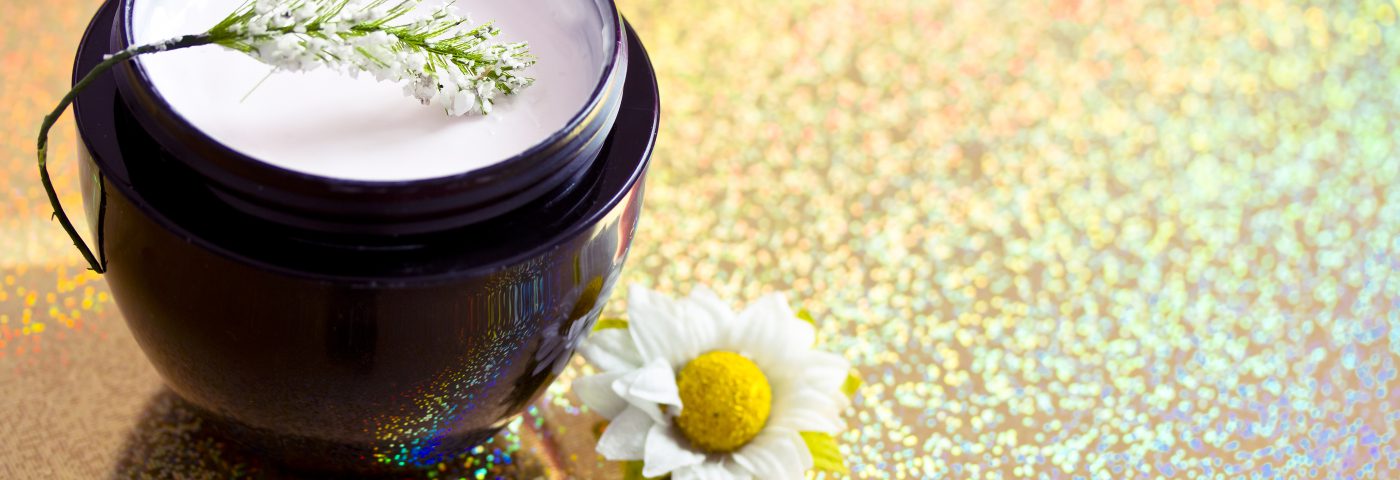Nicole Fall, Founder, Asian Consumer Intelligence
How much is the concept of ‘natural’ growing among consumers in Asia?
Asian consumers across the region are embracing beauty and personal care along with food and beverages that are perceived to be natural. Echoing global trends, consumers seek products that look and feel less artificial. This is a general worldwide trend, however, the story is more complex than that.
As awareness grows around climate change and this is manifested in adverse weather patterns that people feel and see, along with pollution – again that people can feel and see, there’s a rising demand for personal care that works to either combat these issues, help with skin sensitivity or be perceived as part of the solution and not the problem. Food and beauty cannot be separated in Asia. As demand for healthier ingredients grows in the food people consume, it’s understandable that people now link this growing knowledge to the products they put on their skin. This trend will only continue in my opinion.
Is there a common definition of ‘natural’ across Asia or does it differ according to regions?
Natural has different meanings to different people across the region. This is mainly dictated by cultural preferences, education and disposable income. To some people, a singular ingredient is enough to perceive a product as natural and for some savvier consumers, a product truly has to feature 100 percent natural ingredients. However, even within products marketed as ‘100% natural’, there is still little legislation around this label in many APAC markets, so overall there is a huge degree of confusion among consumers what this term actually means. My presentation is mainly focused on the perception of what natural is – rather than the legal side of natural. Through the consumer and expert research interviews I conduct regionally compounded with my experience in the region and the trend forecasting we do, the presentation will look at my findings and determine how the unique perception of natural – even when it’s not – can be better understood in the context of Asia.
Have the definitions changed or developed?
While the definitions of what constitutes natural in some markets are strictly defined, in some markets in Asia, what is perceived and marketed as natural can be tenuous at best. Generally speaking, many female consumers in markets such as Korea, Japan and China claim their skin is sensitive. As a consequence, these consumers believe only natural ingredients or simply made personal care – which can also fall under the umbrella of ’natural’ can help solve their skin problems.
How are finished product manufacturers marketing these concepts?
A lot of natural products can be quite literal. These include on-pack semiotics featuring plants, green font and other communication cues that a product could be natural even if it’s not. Some focus on an ingredient story; such as ginseng or a flower or a plant of some kind and build an entire brand around one ingredient. Other brands keep it straightforward by communicating that a product contains 100% plant oils, for example, or a laundry list of plant ingredients to impress the consumers. Some brands take the route of ‘what it’s not’ or ‘free from’, thus providing an immediate visual statement that a brand is supposedly less harmful. Some brands use terms such as ‘clean’, ‘vegan’ or ‘cruelty free’ while others can take the more dermatological or scientific semiotics route yet are still perceived to be natural because the formulation does not contain particular ingredients. No doubt, there is no set definition or criteria as to what defines natural.
Are there strong links back to traditional ideas such as TCM?
In countries such as India, Korea, China and Indonesia as well as Thailand, Japan and other markets in Asia where there is cultural heritage to some form of natural medicine be it ayurvedic, hanbang, TCM or jamu, this connection to the healing effects of plants, herbs and flowers is omnipresent. The shift to natural is less about a ‘return’ to TCM – since it never went away – and more about local brands looking for differentiation from the multinationals. Utilising local knowledge with regards to locally grown plants is common sense, particularly if consumers recognise these plants have particular healing effects.
What other areas will your presentation cover?
My presentation will also look at the aesthetic and future aspects of what natural means too. In fact, I would say my presentation is more about the cultural nuances around what natural means in some parts of Asia, especially in influential markets such as Korea and Japan – and consequently what filters through from a trend perspective to other countries in Asia than a presentation on ’trending’ natural brands. For example, a woman wearing 10 different items of cosmetics could describe herself as wearing a natural look when in fact it has taken her an hour to apply her make-up. My presentation will focus on the interpretation of what natural means, how it’s probably very different to what people describe as natural in markets such as Western Europe or North America and how these different perspectives can be leveraged by brands.
Nicole Fall will present a session in the Marketing Trends Theatre on ‘What natural really means in Asia at in-cosmetics Asia 2017 in Bangkok. It will take place at 13:00-13:45 on 2 November 2017 in the Marketing Trends Theatre. For further information, visit http://asia.in-cosmetics.com/education/cosmetics-marketing-trends/.

